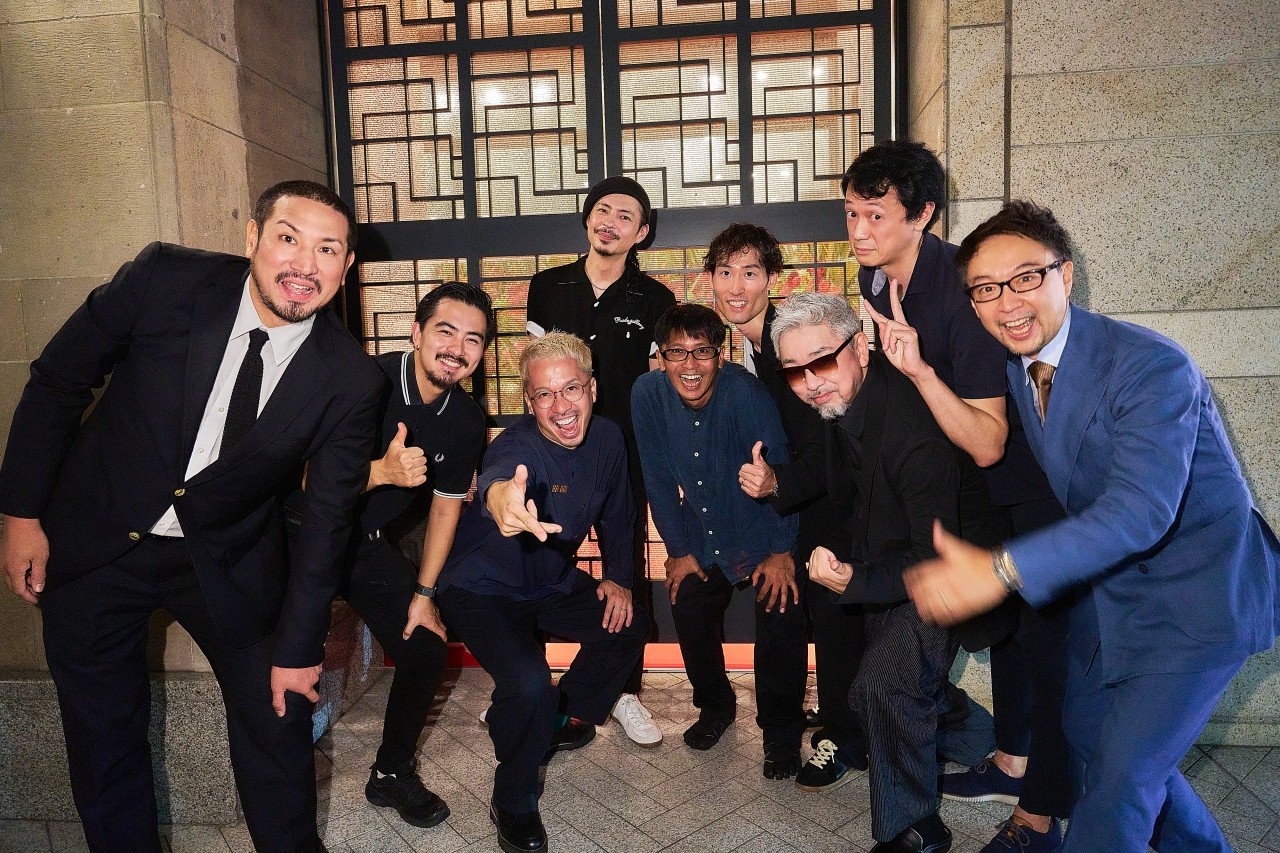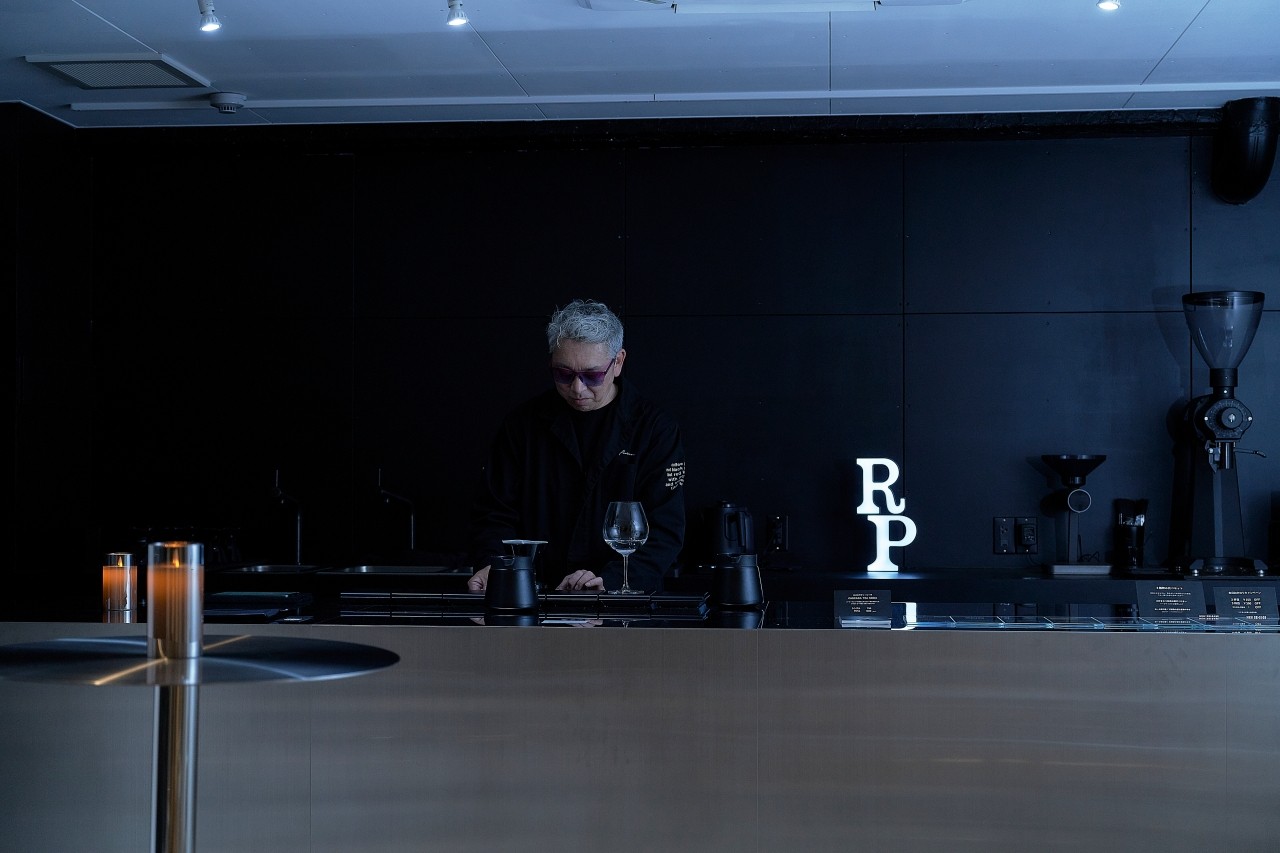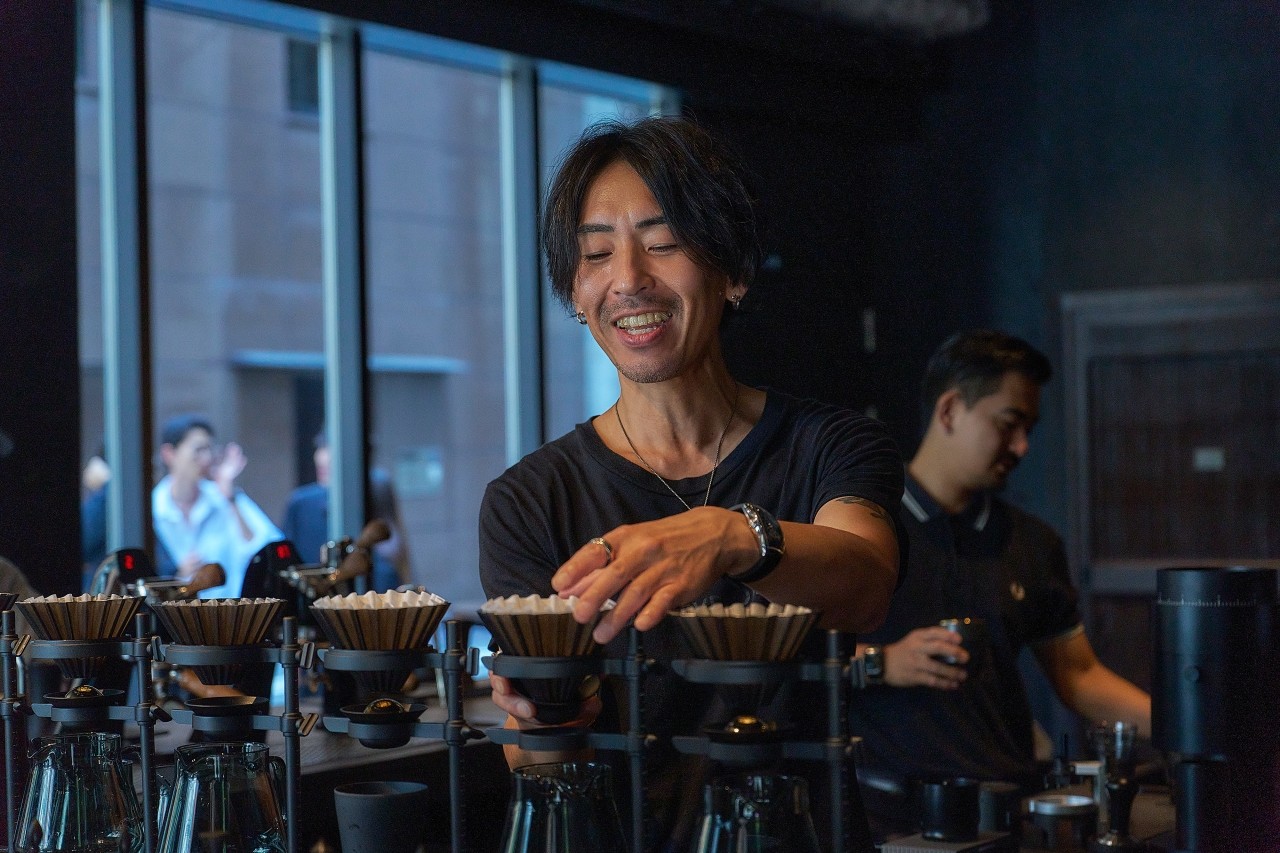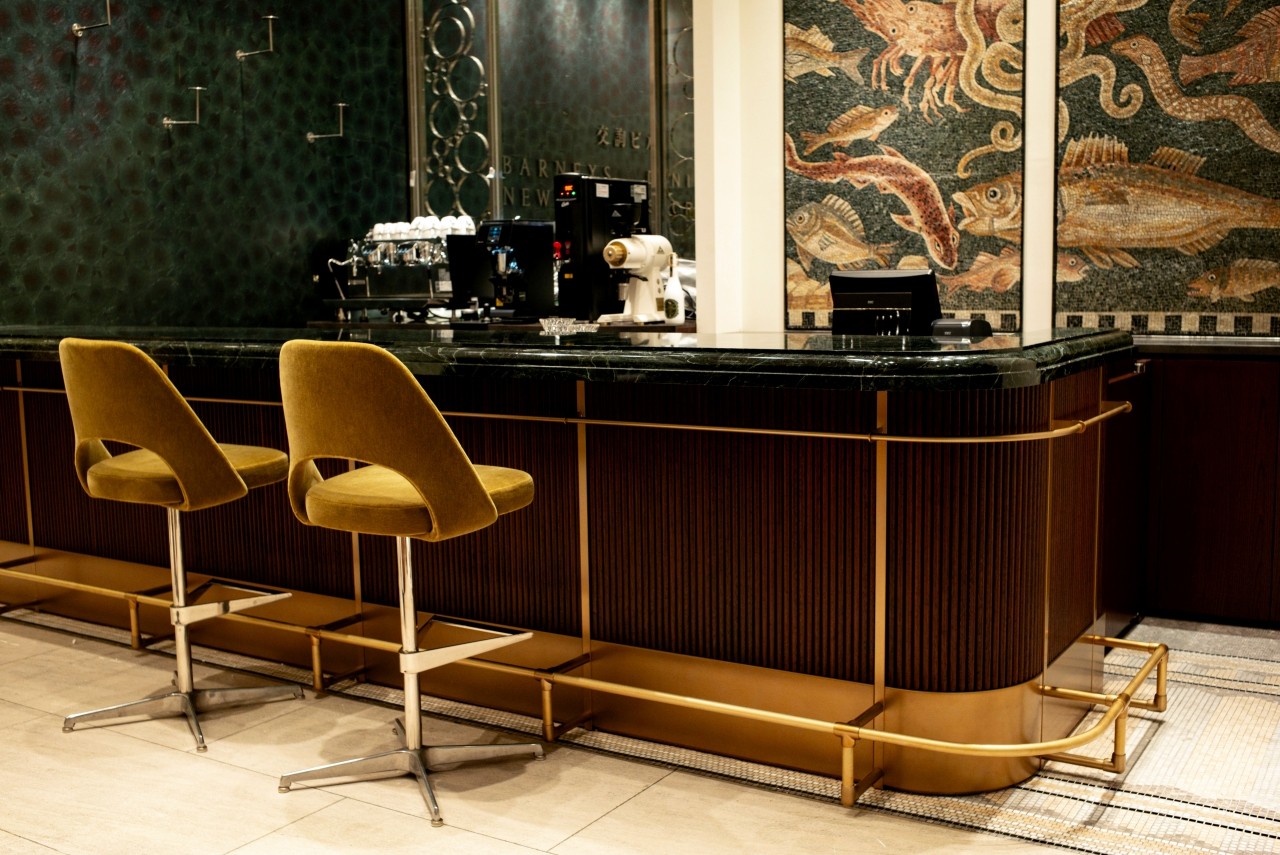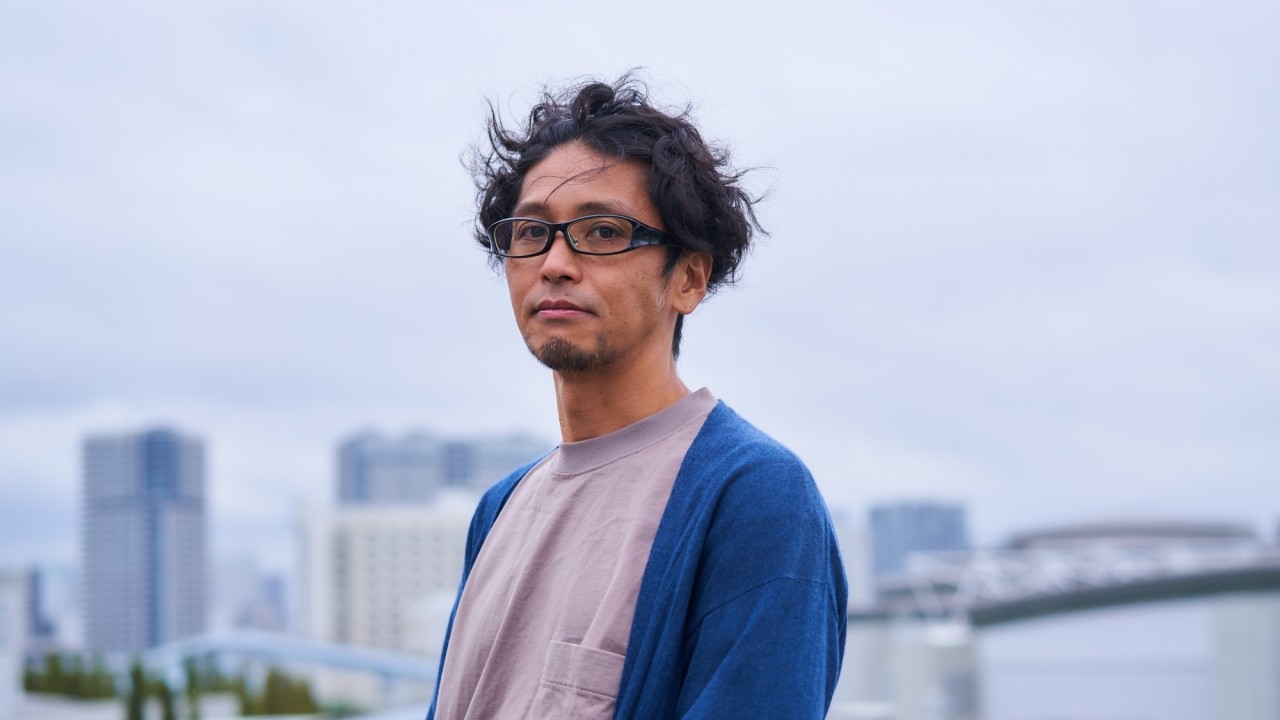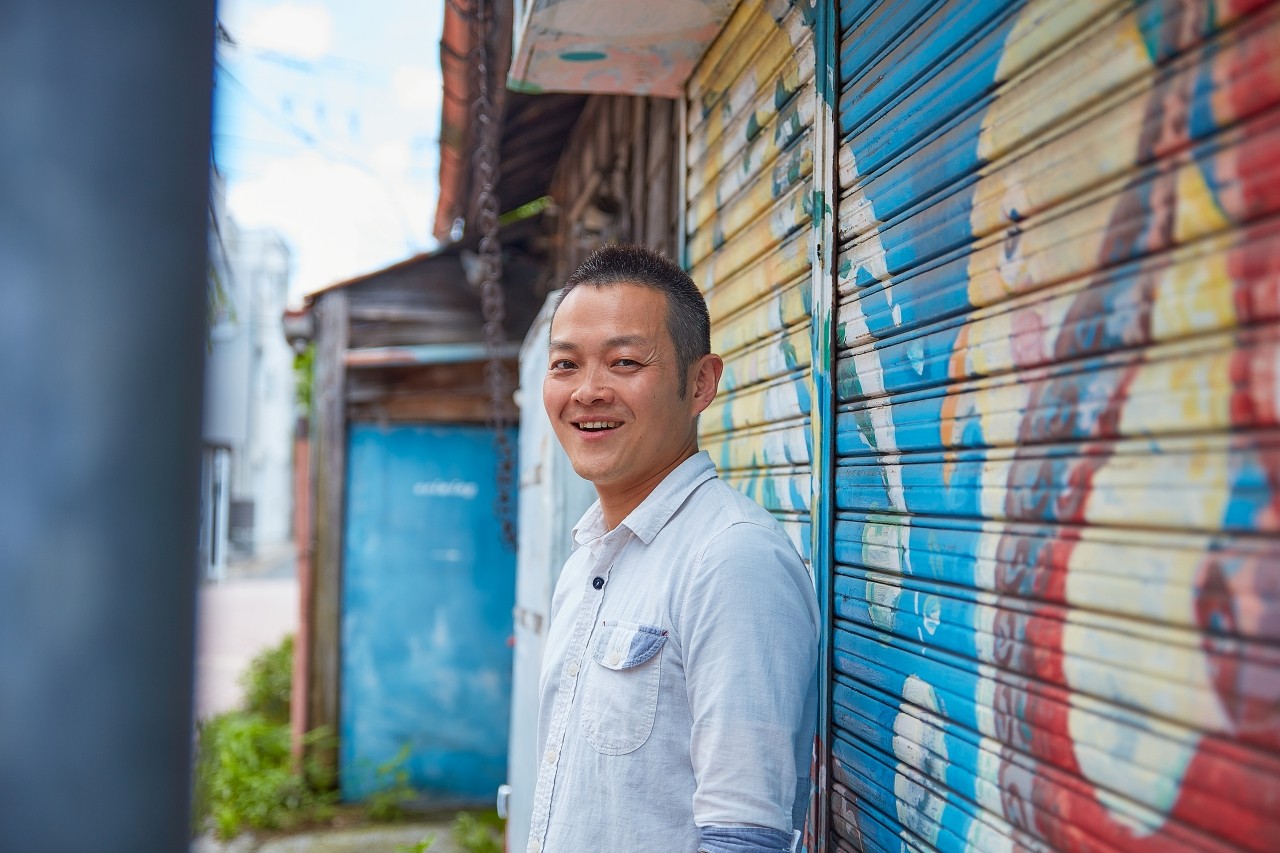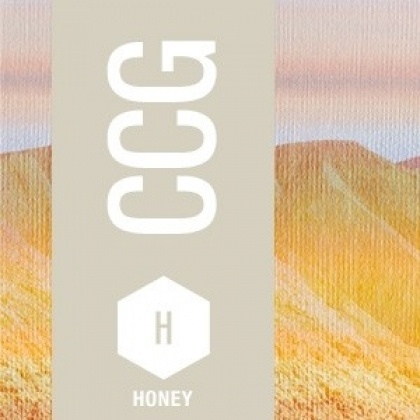Why has Panamanian coffee become so popular around the world?
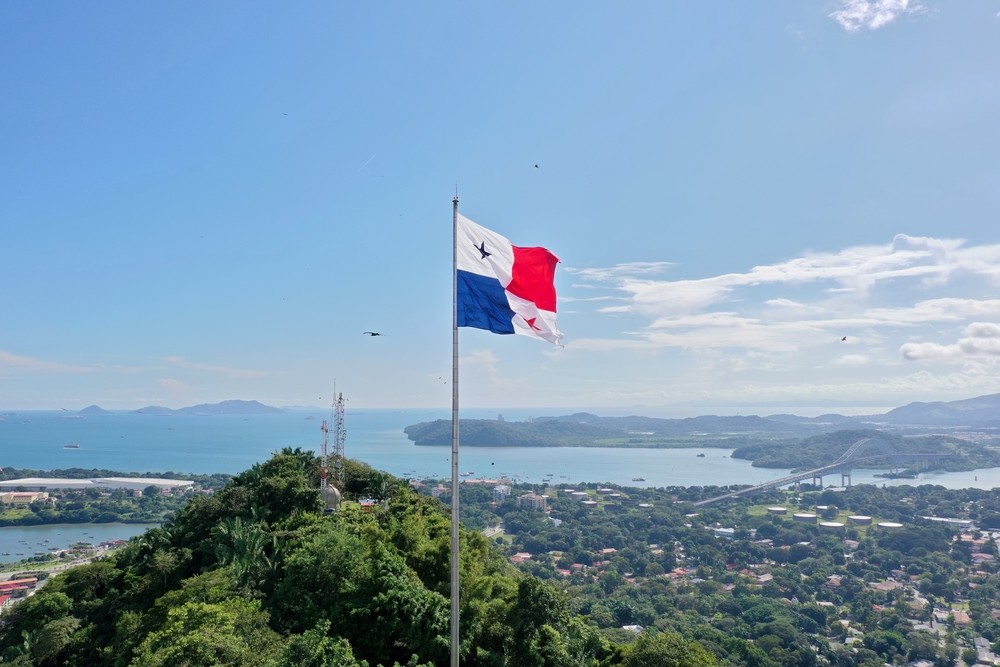
CROWD ROASTER has always offered a lineup of extremely high quality coffee from farms that represent Panama's specialty coffee.
When you think of Panama, you think of Geisha .
When you think of Panama, you think of Geisha .
CROWD ROASTER has been selling Geisha coffees from Esmeralda Farm, which has popularized Panamanian Geisha around the world, including the highest-ranked "Esmeralda Special" coffee from the Hartman family farm, which has repeatedly won first place at the international "Best of Panama" coffee competition, and Kotowa Farm, Geisha pioneering farm for specialty CROWD ROASTER in the country.
But did you know that it was actually only recently that Panamanian coffee began to receive global recognition? Because of its low production, Panamanian coffee was often treated as coffee from neighboring countries. It all started to gain recognition thanks to the founding of the Panama Specialty Coffee Association, the holding of the "Best of Panama" competition, and Geisha variety grown at the Esmeralda Farm.
This time, I would like to introduce the appeal of Panamanian coffee once again.
Panama is a great place to grow coffee
The Republic of Panama is a country located in Central America, connecting North and South America. It borders Costa Rica to the west and Colombia to the east. Panama's area is approximately 75,000 square kilometers, about the size of Hokkaido. Panama is famous for the Panama Canal, but other major industries include shipping, mining, and Hikaru , with coffee being a major agricultural product.
Eighty percent of the country is mountainous, with the remainder covered by tropical rainforest.
The climate is tropical, and some areas have fertile volcanic soil and large temperature differences, making it an ideal environment for growing coffee.
History of coffee cultivation

Coffee cultivation in Panama began late in Central America, around 1870-1890, in the Boquete region of Chiriquí province in the west of Panama.
At this time, coffee cultivation was already active in neighboring countries, and Panama's coffee, being small in scale, had low production volumes compared to neighboring countries and was not highly regarded on the international market, so there was a time when it was shipped via Costa Rica as Costa Rican coffee.
Furthermore, a drop in international prices put Panamanian coffee exports, which already had a weak foundation, in danger. In response to this situation, Panama decided to improve the quality of its coffee and establish a policy of adding value as a specialty coffee producing region, and established the Panama Specialty Coffee Association. It also held an international competition and auction called "Best of Panama," promoting the quality of its coffee to the world.
Within this framework, the Geisha variety from Esmeralda Farm appeared like a comet. Geisha Geisha global trend, making the quality of Panamanian coffee known to the world.
At this time, coffee cultivation was already active in neighboring countries, and Panama's coffee, being small in scale, had low production volumes compared to neighboring countries and was not highly regarded on the international market, so there was a time when it was shipped via Costa Rica as Costa Rican coffee.
Furthermore, a drop in international prices put Panamanian coffee exports, which already had a weak foundation, in danger. In response to this situation, Panama decided to improve the quality of its coffee and establish a policy of adding value as a specialty coffee producing region, and established the Panama Specialty Coffee Association. It also held an international competition and auction called "Best of Panama," promoting the quality of its coffee to the world.
Within this framework, the Geisha variety from Esmeralda Farm appeared like a comet. Geisha Geisha global trend, making the quality of Panamanian coffee known to the world.
Cultivation area and method

Chiriquí, in the west of Panama, near Costa Rica, is blessed with the bounty of the Pacific Ocean, and dairy farming and agriculture are thriving in the highlands, providing over 70% of Panama's food. The Boquete region, located on the eastern slope of Volcano Baru (3,474m), Panama's highest mountain, and the Volcan region, located on the western slope, are known for producing high-quality coffee. The soil is volcanic ash, making it rich in minerals.
Coffee is primarily grown in areas at an altitude of 1,500m to 1,700m. This high altitude creates a large temperature difference between day and night, making it possible to cultivate flavorful coffee. However, as is typical of tropical areas, there are distinct rainy and dry seasons, and many areas experience fog, helping to maintain a moderate temperature.
In terms of coffee processing, the natural method of drying carefully harvested coffee cherries in the sun is the basis, as the climate has a distinct rainy and dry season. On top of that, other processing methods have also been used to create a variety of flavors.
Panama coffee beans are graded according to the altitude at which they are grown. They are rated on a three-level scale: coffee grown at an altitude of 1,350m or higher is called SHB (Strictly Hard Bean), coffee grown at an altitude of 1,050m-1,350m is called HB (Hard Bean), and coffee grown at an altitude of 900m-1,050m is called EPW (Extra Prime Washed).
Coffee is primarily grown in areas at an altitude of 1,500m to 1,700m. This high altitude creates a large temperature difference between day and night, making it possible to cultivate flavorful coffee. However, as is typical of tropical areas, there are distinct rainy and dry seasons, and many areas experience fog, helping to maintain a moderate temperature.
In terms of coffee processing, the natural method of drying carefully harvested coffee cherries in the sun is the basis, as the climate has a distinct rainy and dry season. On top of that, other processing methods have also been used to create a variety of flavors.
Panama coffee beans are graded according to the altitude at which they are grown. They are rated on a three-level scale: coffee grown at an altitude of 1,350m or higher is called SHB (Strictly Hard Bean), coffee grown at an altitude of 1,050m-1,350m is called HB (Hard Bean), and coffee grown at an altitude of 900m-1,050m is called EPW (Extra Prime Washed).
The dramatic emergence of Geisha race
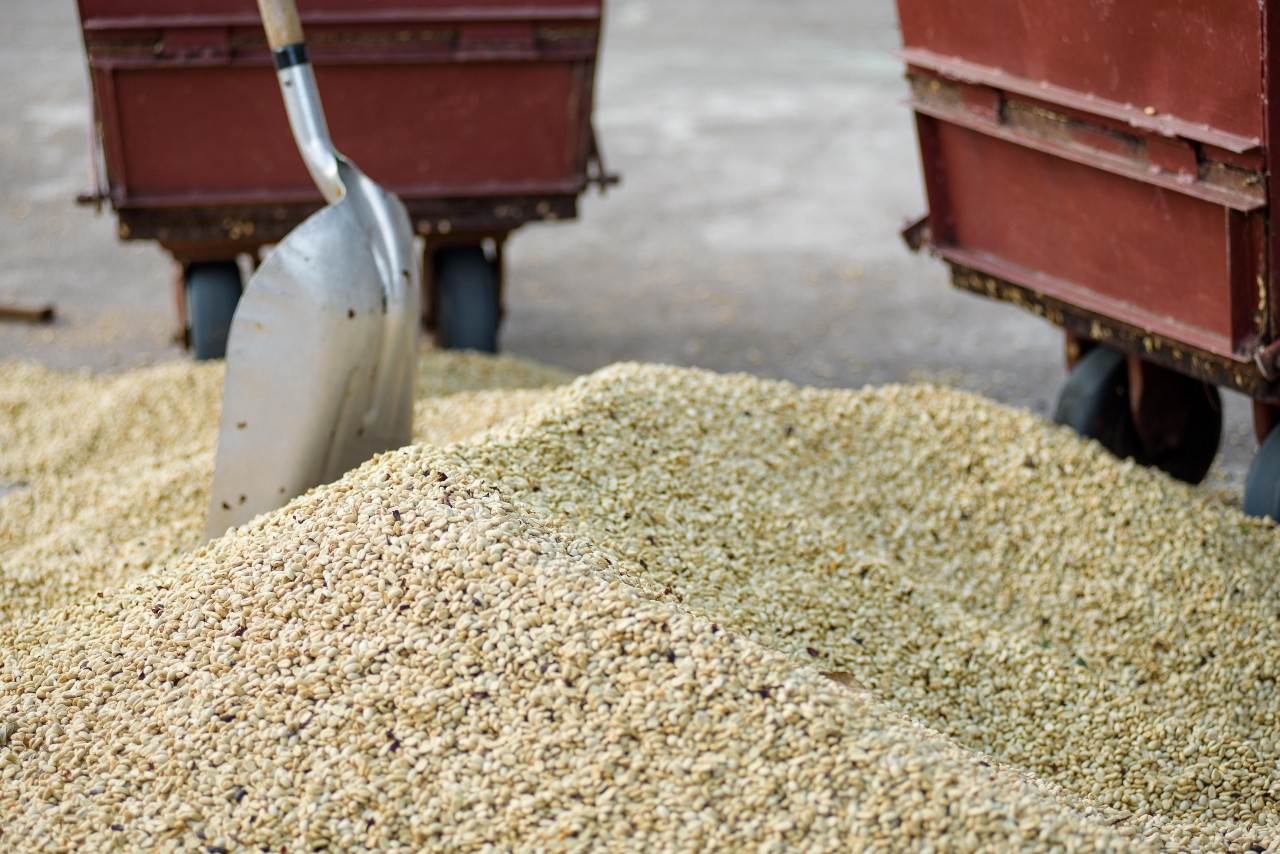
While the quality of Panamanian coffee has continued to improve, the turning point was the emergence of Geisha , as mentioned above. Geisha coffee originated in Ethiopia and was first transplanted to neighboring Costa Rica. From there, in 1963, the first Geisha coffee was transplanted to the Boquete region of Chiriquí province, Panama's most prosperous coffee-growing region.
Geisha variety was introduced to Panama as a variety resistant to rust, but it had many disadvantages, such as the need for high altitude, making the coffee trees nearly twice as tall as Typica and Bourbon varieties, making them difficult to cultivate, and also resulting in low yields, so it never became popular among coffee farmers.
However, a dramatic story of its rediscovery awaited at Esmeralda Farm, where its potential was recognized.
Geisha 's success has continued to this day. Its unique and noble flavor, also known as Geisha flavor, shocked the coffee industry and quickly gained worldwide acclaim.
And at the advanced coffee farms of Panama, experimental efforts are being actively undertaken to discover the next step after Geisha .
Geisha variety was introduced to Panama as a variety resistant to rust, but it had many disadvantages, such as the need for high altitude, making the coffee trees nearly twice as tall as Typica and Bourbon varieties, making them difficult to cultivate, and also resulting in low yields, so it never became popular among coffee farmers.
However, a dramatic story of its rediscovery awaited at Esmeralda Farm, where its potential was recognized.
Geisha 's success has continued to this day. Its unique and noble flavor, also known as Geisha flavor, shocked the coffee industry and quickly gained worldwide acclaim.
And at the advanced coffee farms of Panama, experimental efforts are being actively undertaken to discover the next step after Geisha .
Why not take this opportunity to taste the finest Panamanian coffee and think about Panama?
January 30, 2024
CROWD ROASTER
If you want to enjoy coffee more deeply
" CROWD ROASTER APP"
Manabu at CROWD ROASTER LOUNGE
・Push notifications for article updates・Full of original articles exclusive to CROWD ROASTER
・Direct links to detailed information about green beans and roasters
App-only features
- Choose green beans and roasters to create and participate in roasting events・CROWD ROASTER SHOP: Everything from beans to equipment is readily available
・GPS-linked coffee map function


